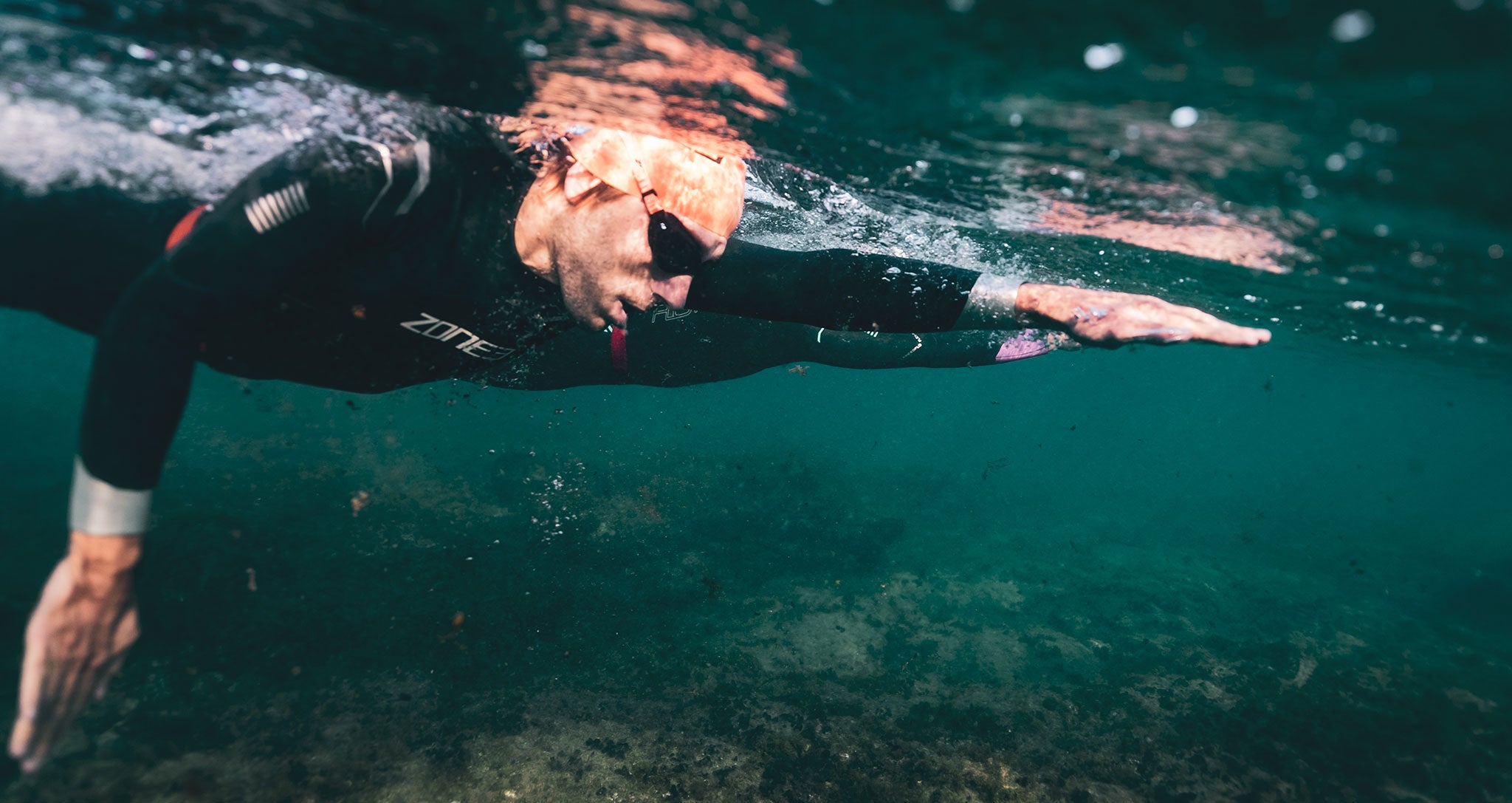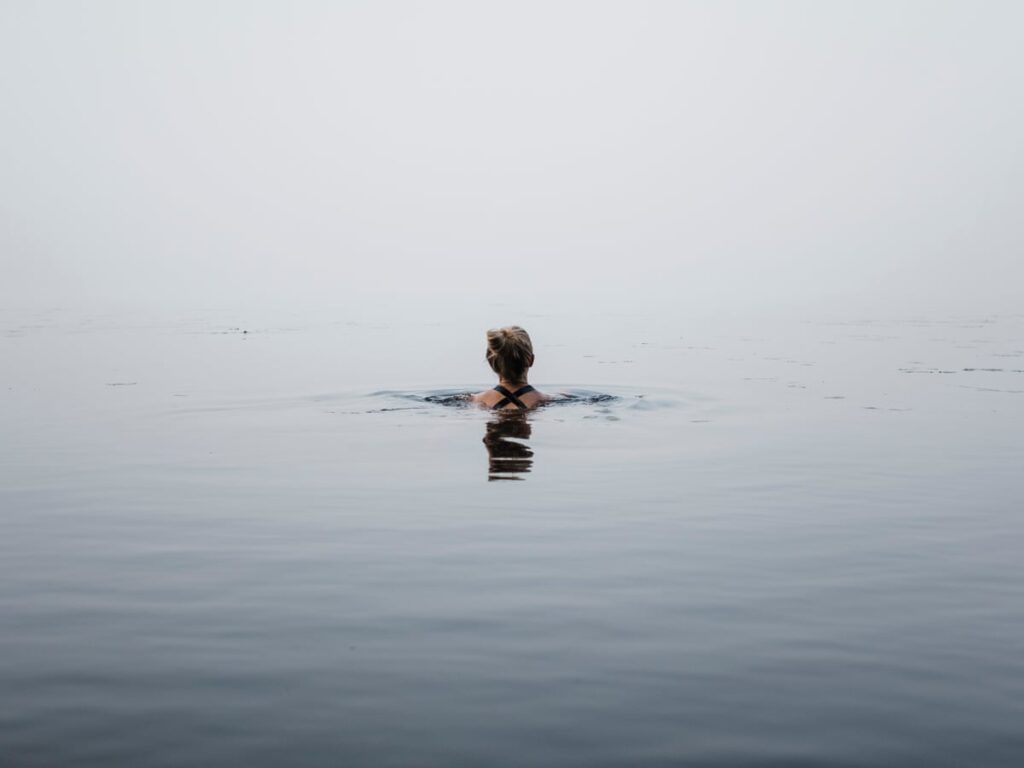
Swimming is a fantastic sport, offering a great way to stay fit and connect with nature. While pool swimming provides controlled environments and clear guidelines, venturing into open water introduces new challenges and uncertainties. The transition from the safe confines of a pool to the vastness of a lake or ocean can be both exhilarating and daunting. In this blog post, we’ll explore essential tips and insights to help swimmers smoothly navigate this transition, ensuring a safe and enjoyable swimming experience.
Table of Contents
Understanding the challenges
Open water swimming presents a unique set of challenges, distinct from the controlled pool environment. Water conditions, such as temperature, currents, and visibility, can vary significantly, impacting the swimmer’s performance and safety. Cold aqua can lead to muscle stiffness and reduced endurance, while waves and currents require swimmers to adapt their strokes and navigation techniques. Moreover, these swims often take place in natural settings, bringing swimmers closer to wildlife and potential environmental hazards. Understanding these challenges is crucial to preparing for a successful experience.
Importance of acclimatizing to new water conditions

Source: orca.com
Before diving headlong into open water, it’s essential to acclimate yourself to the new environment. Gradually introduce yourself to colder temperatures and varying conditions to allow your body to adjust. Cold water shock can be dangerous, so wading in slowly helps mitigate potential risks. Additionally, becoming familiar with different textures and practicing breathing techniques will build your confidence and reduce anxiety. Acclimatization not only improves physical performance but also fosters mental resilience, making you more adaptable to the unpredictable nature.
Safety first: essential open water swimming gear
Swimming demands specific gear to ensure safety and optimize performance. The most crucial piece of equipment is a well-fitted wetsuit, providing thermal insulation and buoyancy. A brightly colored swim cap enhances visibility, making it easier for fellow swimmers and watercraft operators to spot you. Goggles with UV protection and anti-fog properties are indispensable for clear vision in different light conditions. Additionally, consider using a safety buoy, which not only keeps your belongings dry but also makes you more visible and provides buoyancy during rest breaks.
Mastering sighting techniques for navigation in open water

Source: justwetsuits.com
One of the biggest challenges in swimming is staying on course. Unlike pools with clear lane markers, open water lacks obvious guides. Sighting is the technique of lifting your eyes above the water periodically to identify landmarks or buoys, maintaining a straight path. Practice this skill in the pool first, then transfer. Combining regular sighting with bilateral breathing helps you stay on track without compromising your stroke rhythm. With practice, sighting becomes intuitive, allowing you to navigate confidently through the vast waters.
If you’re looking to hone your sighting skills and improve your open-water swimming techniques, consider enrolling in the Senja Cashew swimming lessons. These expert-led swimming lessons provide a comprehensive and supportive environment for swimmers of all levels. With a focus on open water swimming, the instructors at Senja Cashew swimming lessons can help you master the art of sighting, ensuring you stay on course during your aquatic adventures. Whether you’re a beginner preparing for your first swim or an experienced swimmer looking to refine your skills, the Senja Cashew swimming lessons offer valuable insights and personalized guidance to make your transition seamless and enjoyable.
Dealing with currents and waves: strategies for success
Managing currents and waves effectively is essential for a smooth swim. Understanding the direction and strength of currents enables you to adapt your route and conserve energy. Swimming parallel to the shoreline in strong currents can help maintain progress and avoid being pushed off course. When facing waves, timing your breathing to coincide with cresting waves prevents swallowing water and maintains a steady breathing rhythm.
Overcoming psychological barriers in open water swimming

Source: theguardian.com
Apart from physical challenges, open-water swimming can trigger psychological barriers. The vastness can induce feelings of vulnerability and anxiety. To overcome these fears, gradually increase your comfort zone by starting with shorter swims close to shore. Swimming with a buddy or joining a group can provide a sense of security and camaraderie. Visualizing success and setting realistic goals will bolster your confidence.
Training methods to prepare
To excel in open-water swimming, tailor your training to simulate real-life conditions. Incorporate outdoor swims in various environments to become familiar with changing dynamics. Endurance and interval training help build stamina and adaptability. Include drills that focus on sighting, navigation, and stroke modification to fine-tune your technique. Practicing in a wetsuit before the main event allows you to adjust to its buoyancy and potential restrictions.
Tips for selecting suitable locations

Source: karmacoastcbd.co.uk
Choosing the right location for your swim is paramount. Start by selecting well-known and well-monitored swimming spots, ensuring there are lifeguards or safety personnel present. Avoid areas with strong currents, busy boat traffic, or potential hazards. Research local weather patterns and quality reports to avoid unsafe conditions. Consider the distance from the shore, especially if it’s your first swim.
Environmental awareness and preserving aquatic ecosystems
As open-water enthusiasts, we must be stewards of the environment we cherish. Respect the ecosystems you encounter, and avoid disturbing or touching marine life. Dispose of any waste properly and participate in beach or water cleanup initiatives. Consider using environmentally friendly sunscreen to protect both your skin and aquatic life. Promote responsible practices within your swimming community, as collective efforts can make a significant positive impact on preserving our beautiful waters for generations to come.
Conclusion: Embracing the thrill of open water swimming
Transitioning from the pool to the open water can seem like a daunting leap, but with preparation, practice, and patience, it becomes an exhilarating and rewarding experience. By understanding the differences between pool and open swimming, respecting the environment, and investing in proper gear and training, you can confidently embrace the thrill of swimming in nature’s vast playground. As you dive into open water, remember to be safe, stay aware, and enjoy every stroke in this liberating and immersive adventure that awaits you. Happy swimming!







